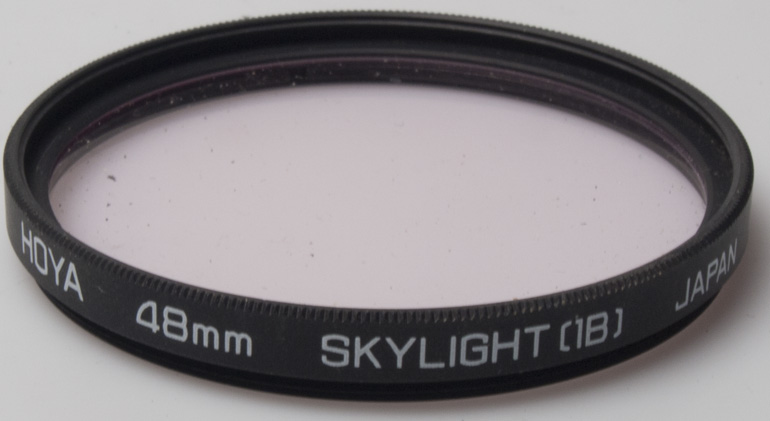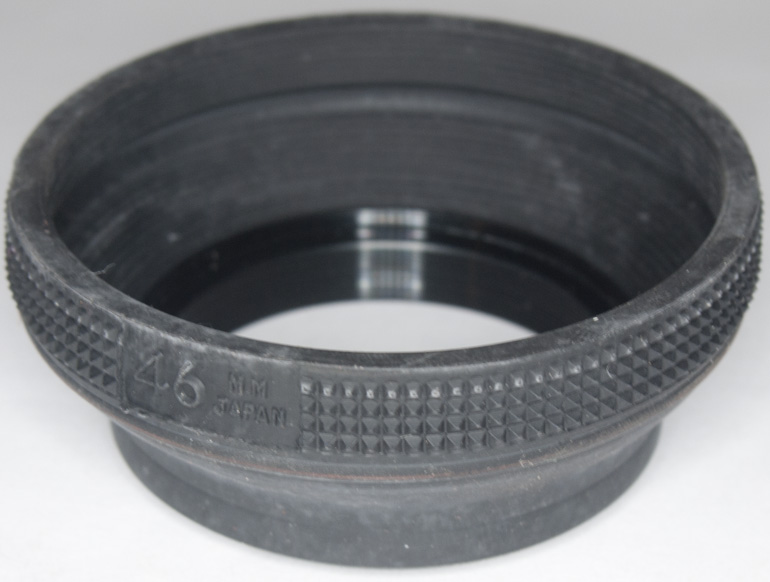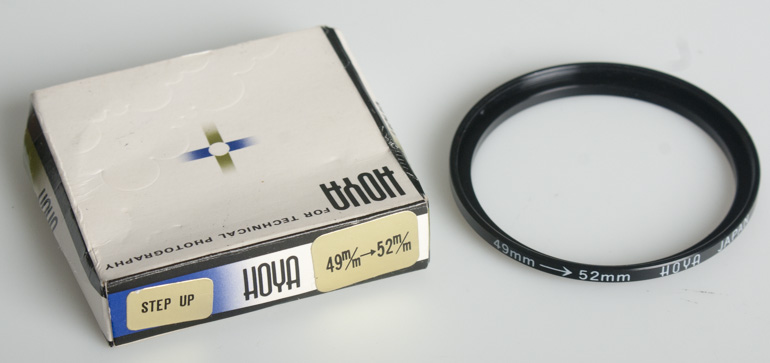The Skylight filter has been around for decades and is one of the most popular filters. It has a slight pink tint which is used to reduce blue haze in colour photography.
When taking colour photographs in bright sunlight, especially by the sea or in the mountains, ultra-violet rays and the brightness of the sky throw out the picture’s overall colour balance.
Removing any excess bluish tone, improves the overall clarity of the photograph. They also keeps skin tones free of colour reflections from nearby objects such as tree shade. With older film cameras this was very important as it helped restore the film’s natural colour balance. It’s less of an issue with digital as colour casts can be eliminated quite easily in post processing using an image editing program.

The Skylight filter does not affect exposure, so some photographers screw one on the front of each of their lenses as protection for the front element.
There are some photographers who counter this action, suggesting that the filter will degrade quality. And it’s true if you put on a cheapy plastic option, but adding a high quality Japanese multi-coated filter will give minimal degradation to the image. Any change will certainly not be noticeable to the naked eye. And the advantage of having a skylight filter (or UV) is you maintain a clean lens which would cost much more to replace than a scratched filter.
If you use a skylight filter you can keep it attached all the time, but be careful if you add other filters as the extended depth could cause vignetting on wide angle lenses. Some manufacturers such as Hoya make slim versions to prevent this.
Skylight filters are available in two strengths 1A and 1B, the latter being a slightly stronger pink colour.
Skylight filters are available in round type that screw into the lens in ever size imaginable.
Round screw in filters available here
They are also made by Cokin for the square filter system in A and P sizes, and Hoyarex and the likes used to make them for their systems.
Hoyarex 011 Filter
Cokin A230

1 The main reason to use a lens hood is it reduces flare when shooting with the sun in front of the camera. Sun rays catch the lens and bounce around the inner elements causing streaks, loss of contrast and blobs on the photo. The hood provides a barrier and as a result your photos will display more contrast.
2 Another less obvious use is to shields the lens’ front element from rain and snow.
3 There’s less chance of damaging the lens as the hood will protect the front of lens from knocks. Rubber ones are the best for this as they absorb the bump.
4 A lens hood is ideal for shooting through glass as it means you can put the lens right up to the glass and blocks out reflections from behind.
5 The hood can also provide a suitable rest / support when shooting through glass without scratching the front of the lens
6 And for the egos among us…adding a hood increases length of the lens to make it look a bit more impressive…but as we like to say – it’s not the size that counts!
View all kinds of Lens hoods for sale
Stepping rings are really useful additions to your filter collection. They are slim rings that have a male thread on one side and a female thread of a different size on the other. They are designed to allow a filter with one diameter be used on a lens with a different diameter.
 Stepping rings come in a wide range of sizes
Stepping rings come in a wide range of sizes
You may, for example, want to use a 55mm thread diameter filter on a lens that has a 52mm thread. A stepping ring is what you need.
Stepping rings are sold in two directions – up and down. The direction is always indicated from the lens. So a step up ring allows a bigger diameter filter to be used on the lens, while a step down ring allows a smaller diameter filter to be used on the lens.
Stepping up is rarely a problem, but stepping down can cause vignetting because the filter may starts to mask the optical path, especially if the stepping increment is steep or if the lens is a wide angle. It’s always safer to step up.
The advantage of using stepping rings is that you are often able to use just one size filter on a range of lenses. especially if you plan carefully.
Say, for example, you have the following three lenses:
A wide angle with a 58mm thread, standard zoom with a 52mm thread and a telephoto lens with a 62mm thread. You could buy a set of 58mm filters to fit straight on the wide angle along with a 52-58mm stepping ring for the standard zoom and a 62-58mm stepping ring for the telephoto.
PhotographyAttic has a range of rings covering threads from 30.5mm right up to 77mm: Lens Stepping Rings for sale


